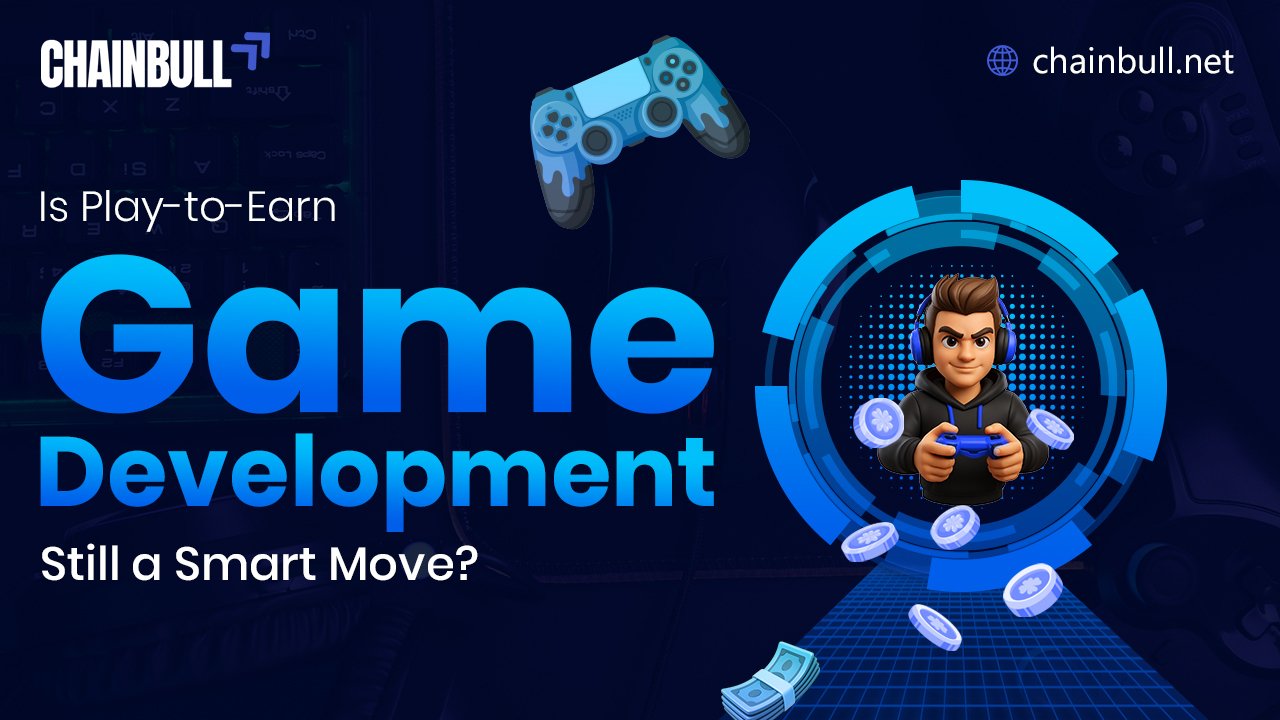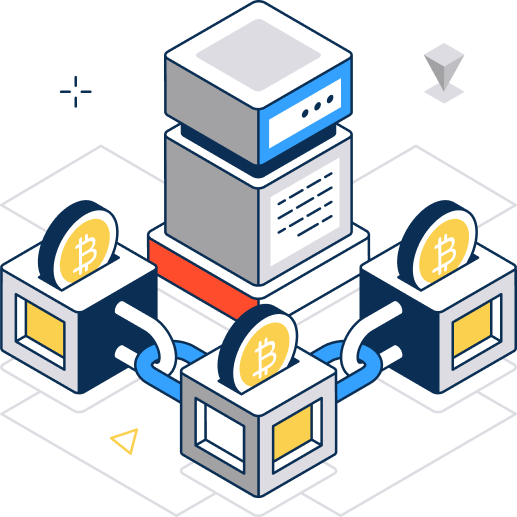

The Play-to-Earn (P2E) game model gained popularity during the early days of the crypto boom. This was a brilliant idea that combined players’ entertainment with the opportunity to receive real-world rewards. To put in simply, the aforementioned games demonstrated one aspect of blockchain that was unheard of before in the gaming industry – players’ rights to assets they obtain in the game and opportunities to convert the same into real money. Nowadays, the best play-to-earn game development doesn’t solely focus on creating profit-driven ecosystems, but rather on constructing well-balanced, engaging game worlds that attract players to play constantly.
The industry’s mindset has turned away from the hype seeking the building for deep-rootedness in 2025. The developers have adopted the lesson from the past mistakes by coming up with sustainable token economies, giving the highest priority to the quality of gameplay, and utilizing the hybrid “play-and-earn” model that equally rewards for getting fun as for earning money. Is the writing of P2E in the new era still a wise move, is perhaps the question that this transition asks?
Following the hype with early pioneers such as Axie Infinity, the majority of play-to-earn (P2E) projects have suffered from the collapse of their economies, which have been caused by tokenomics that are not sustainable or speculative bubbles. For example, the way of making money in Axie was totally broken due to the last crypto values fall—and nowadays, the opportunity of making money with it is very low.
Though, the sector of P2E is still alive. Experts nowadays caution people from taking the model as it is and instead suggest that it would be better to have a “game first, economy second” mindset—thus the gameplay being the main one and the financial incentives being carefully designed. Those developers that are concentrating on retention, engaging mechanics, token stability, and community are reaping triumphs even when the echoes of the hype are almost extinct.
The predictions of the market are still positive: the analysts project that the industry of blockchain gaming will be $29 billion by 2028. However, the transition that is happening now is from opex towards sustainable and enjoyable experiences.
When considering the best development of play-to-earn games, several aspects are coming up:
Based on recent industry reports, the most promising P2E games of today are:
Definitely—if it reflects carefulness and intention. The P2E area may no longer be a sparkling quick-money frontier, but it is transformed into a space for amazingly innovative, player-centric blockchain games. The reasons it remains intelligent are:
Chainbull as a blockchain development company, is equipped with architects to empower gaming studios, startups, and enterprises to materialize their P2E projects, which are viable and sustainable. The entire process, from tokenomics architecture to game deployment, is facilitated by its blockchain-powered entertainment.
These are the reasons why Chainbull is unique:
The interest in crypto play per hour has decreased, but the development of play-to-earn games still has a future. The gaming space has become more sustainable than in its early days of hype thanks to the transition to quality gameplay, balanced token models, and player-rewarding activities.
The current ecosystem favors inventive projects, user engagement, and mixed “play and earn” models that focus on having fun rather than speculating. Game creators that effectively combine these elements will be able to build captivating virtual worlds with real monetary value, thus gaining the blockchain gaming industry teeming future.
